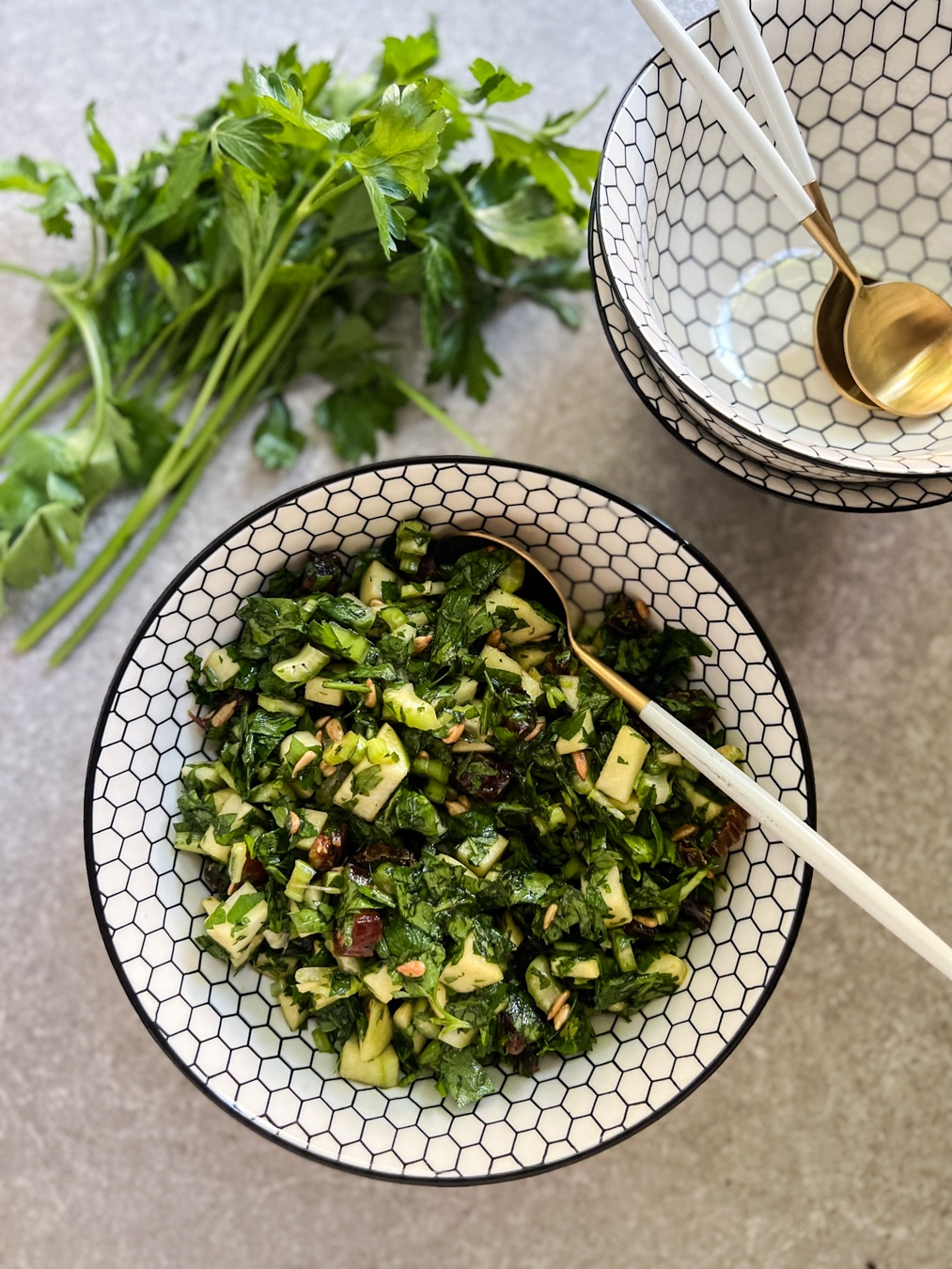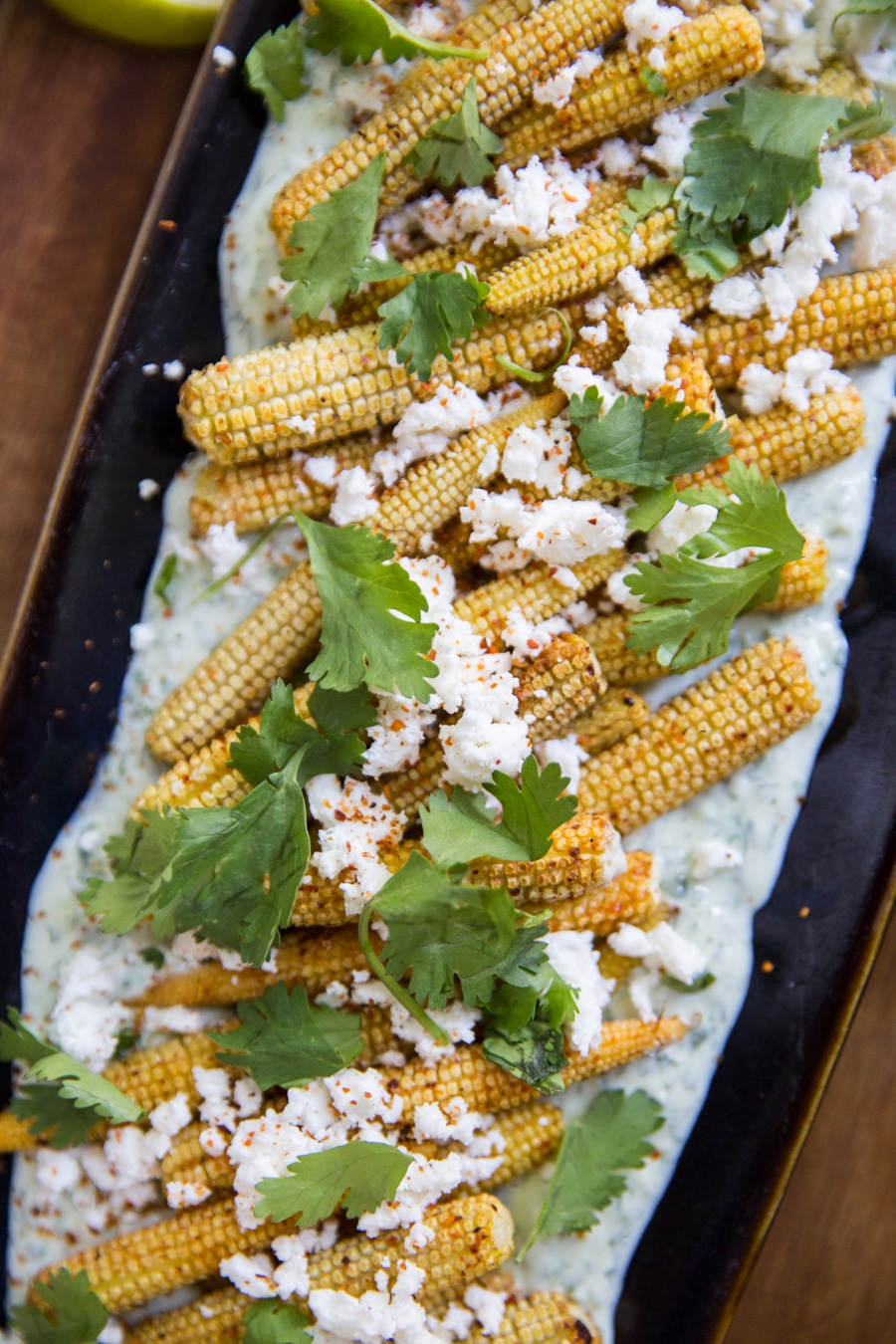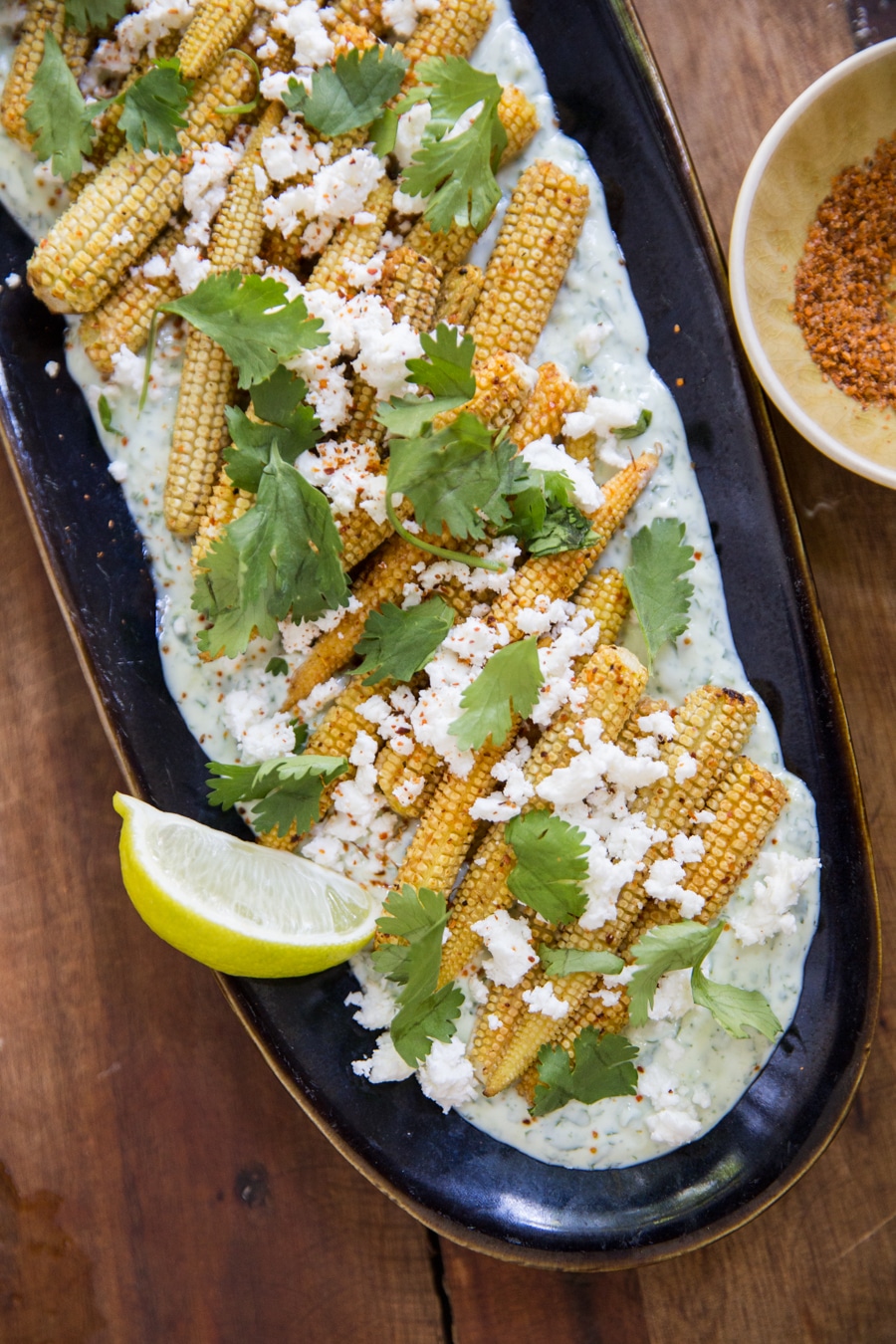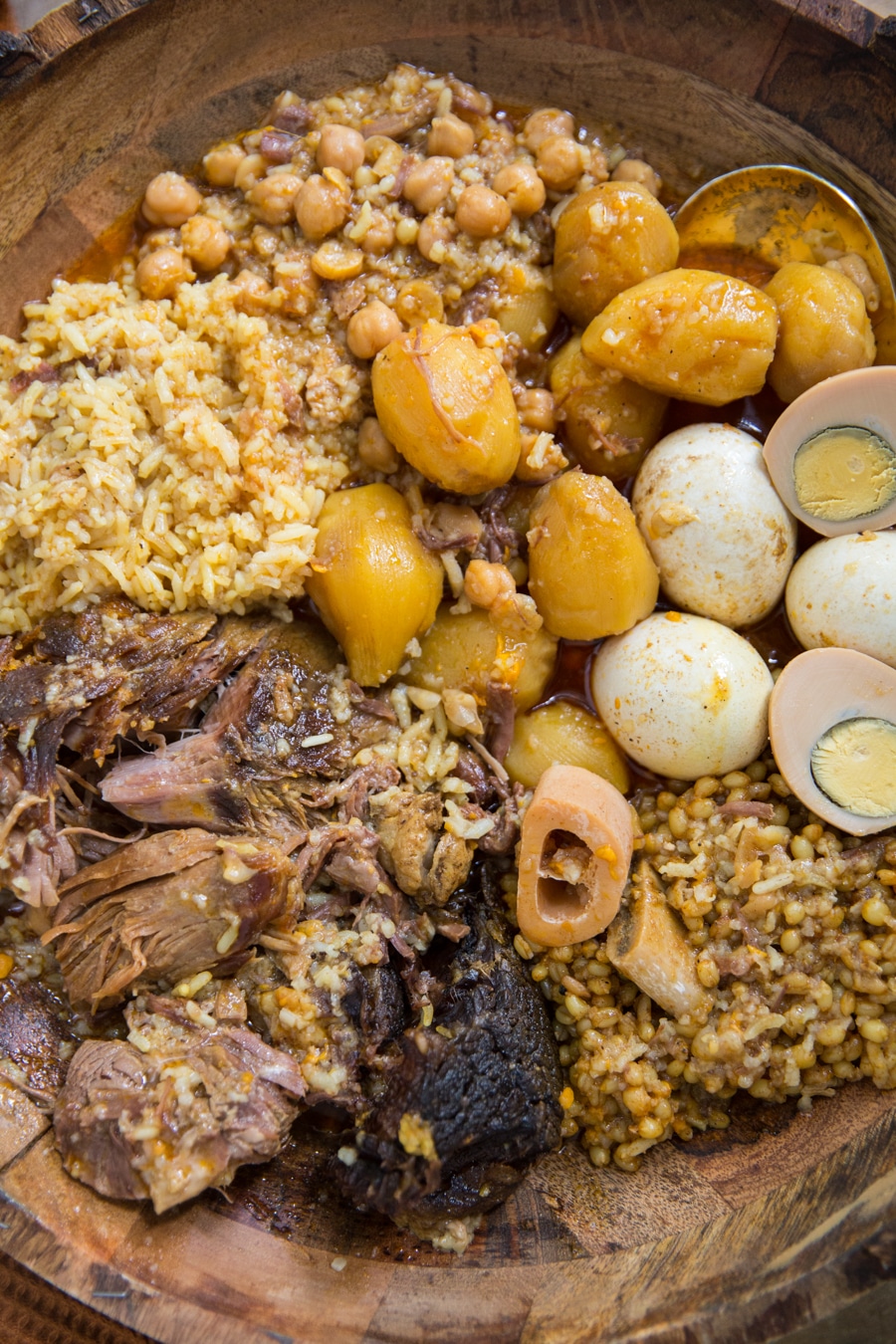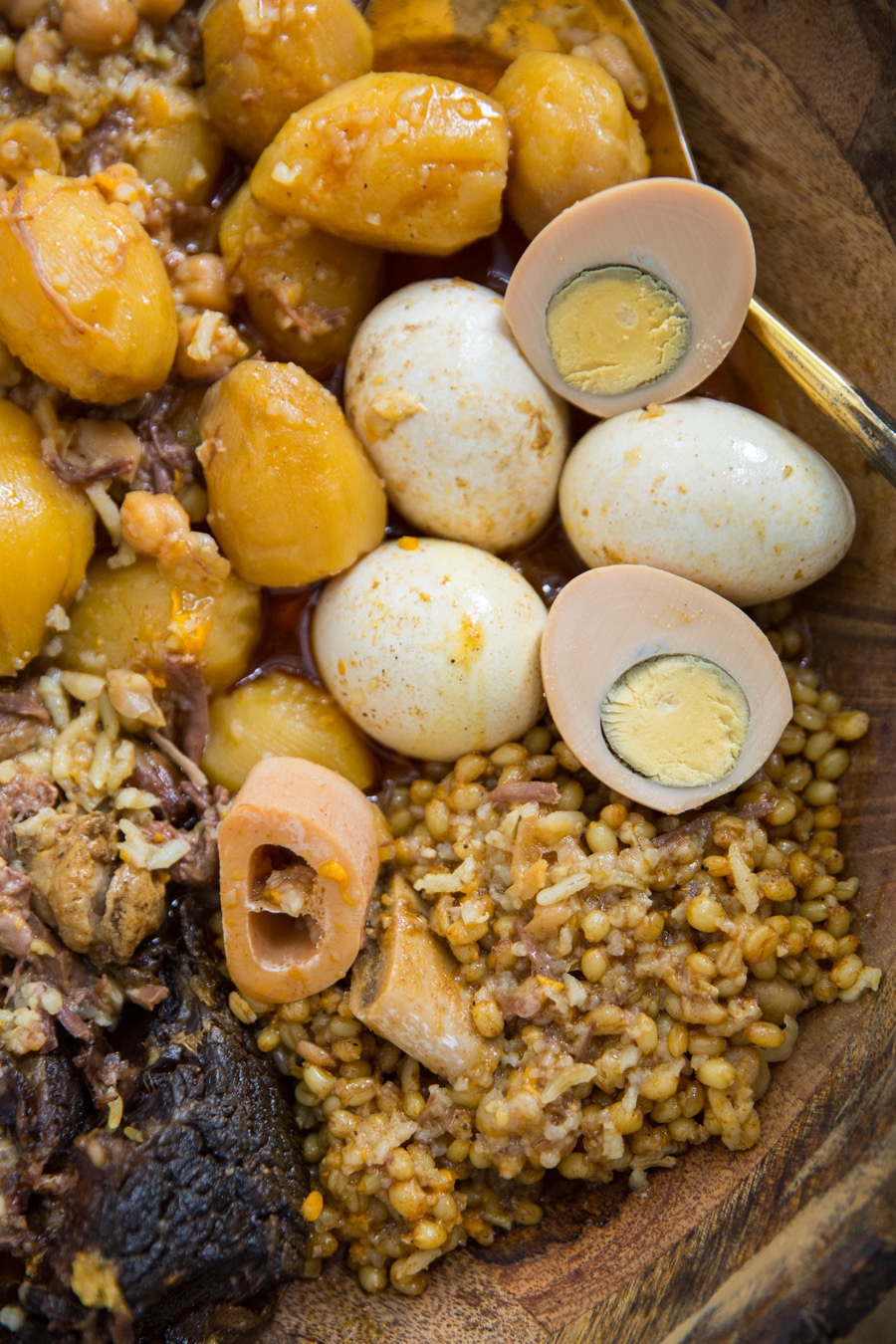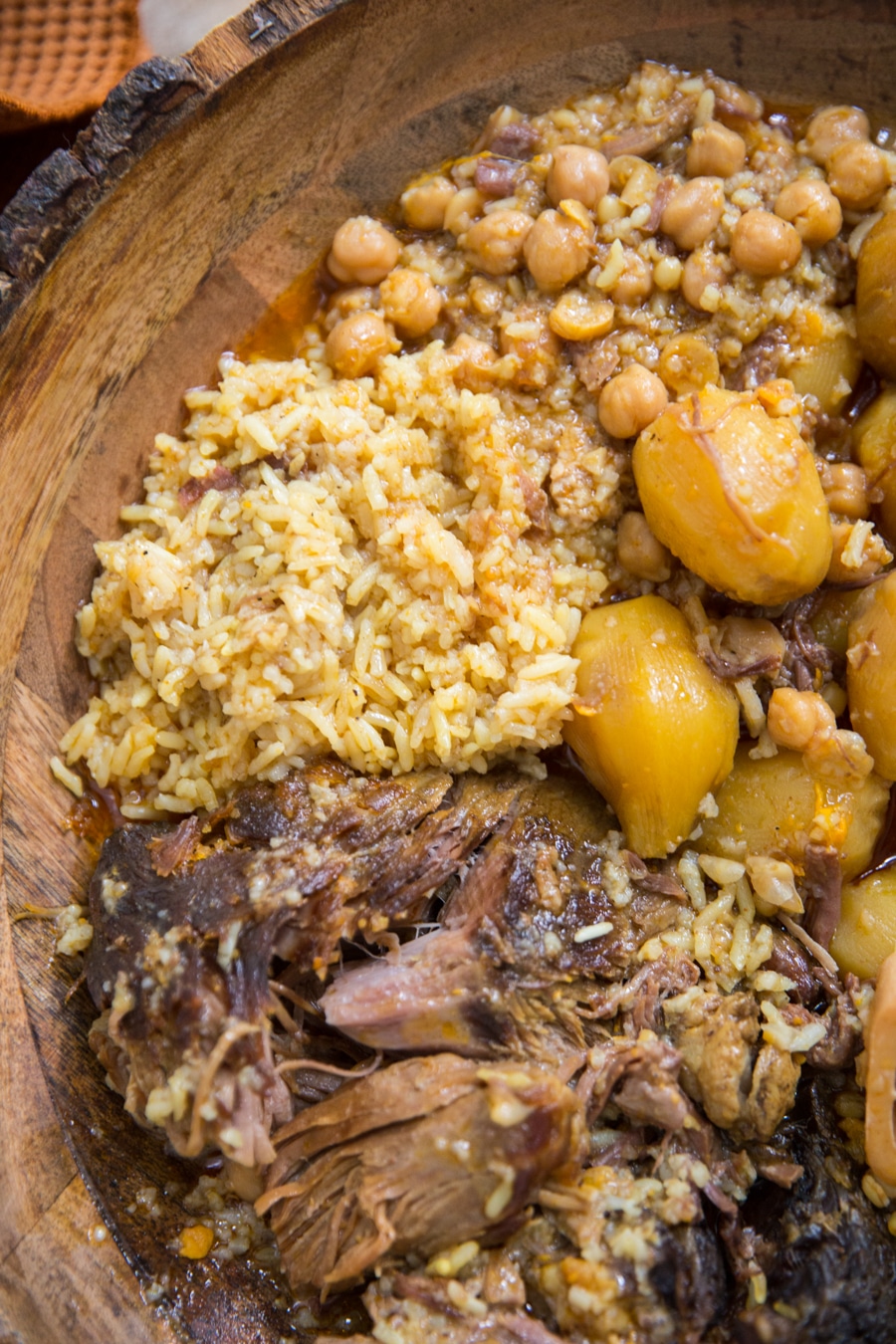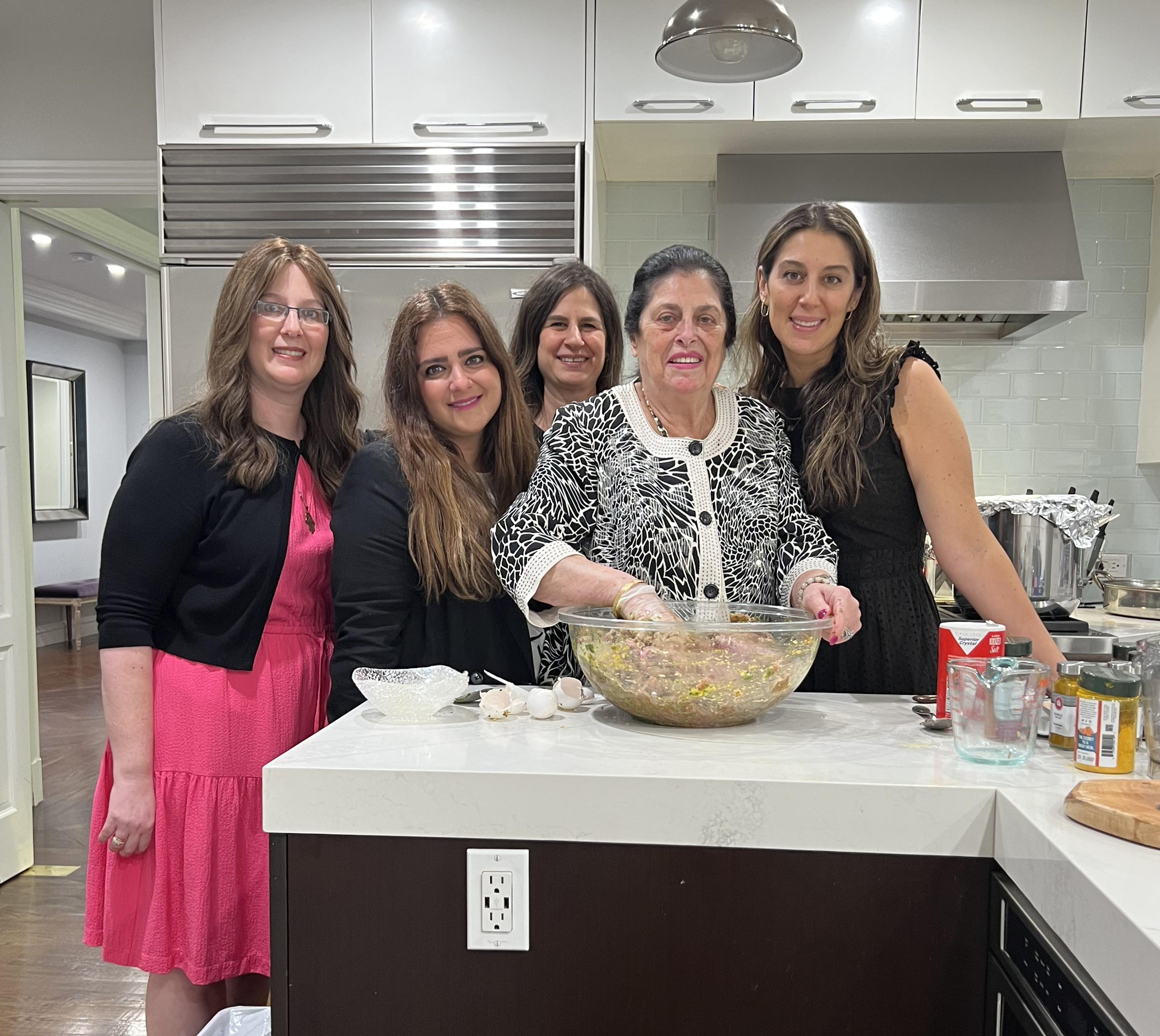
I’ve always been one to put my feelings into words, but the magnitude of the loss, fear and pain that I feel, along with all of my brothers and sisters worldwide, leaves me speechless. The loss of so many precious and innocent souls, the fear for our soldiers on the front lines and the absolute terror for the 230+ hostages held captive in Gaza – how does one survive the gravity of this present-day holocaust?
In challenging times, I’ve always been one to be proactive. We can roll up into a ball and cry (and there is definitely space for that!), but we can also channel our pain into doing something – whether it’s volunteering, donating, or praying.
I always go back to my roots because they anchor me and guide me through difficult times, which brings me to my namesake. I was named after Rebbetzin Chana Schneerson, the mother of Rabbi Menachem Mendel Schneerson, the Lubavitcher Rebbe. She was a righteous woman who was known for collecting herbs to create ink for her husband to write his Torah thoughts while in exile.
The Rebbe said of his mother, that her hebrew name, Chana, is an acronym for the three mitzvot of a Jewish woman: CHALLAH (Preparing bread for Shabbat and separating the dough), NIDAH (the laws of family purity) and HADLAKOT HANEIROT (lighting Shabbat candles).
So as a Jewish woman and mother, I wanted to take the opportunity to share these three mitzvot that every Jewish woman can take upon herself to help bring some light into this dark time.

CHALLAH – SEPARATING & BLESSING THE DOUGH
REQUIREMENTS
The requirement to separate challah applies any time you make a large dough (not just for Shabbat) from any (or combination) of five flours: wheat, spelt, rye, barley, or oats. Challah is not separated from some loose batters and sweet pastries (as opposed to a heavy batter/dough, like that of bread or babka).
The blessing on dough can be made by anyone, not just the person who prepares the dough. Men may also separate and make a blessing when separating challah.
Challah must be separated from any large dough , whether you are baking it for Shabbos or for the week.
You should only separate challah if your dough is large enough according to halachic standards:
• Dough containing at least 3 lbs, 11 oz. of flour (about 14 cups). : Separate challah and recite the blessing.
• Dough containing between 43 and 59 ounces of flour: Separate challah without a blessing.
• Dough containing less than 43oz. of flour: Do not separate challah at all.
PROCEDURE
After you have formed the challah dough, knead it, and allow it to rise in a large bowl. Before forming the dough into loaves, you will say the blessing. If the dough is divided into multiple bowls, join the pieces for a moment by laying them side-by-side on the counter so they touch.
Recite the following blessing:
בָּרוּך אַתָּה יהוה אֱלֹהֵינוּ מֱלֶךְ הָעוֹלָם אֲשֶר קִדְּשֳנוּ בְּמִצְוֹתָיו וְצִוָנוּ לְהַפְרִישׁ חַלָּה מִן הָעִסָּה
Transliteration: Baruch atta Ado-noy Elo-hai-nu Melech ha’olam asher keed-sha-nu b’mitz-vo-tav v’tzi-vanu l’haf-reesh challah.
Translation: Blessed are You, Lord our God, King of the universe, Who has sanctified us with His commandments, and commanded us to separate challah.
Separate a small piece of dough, approximately one ounce, and say: “harei zo challah”” (This is challah.)
Now you can say the names and prayers for whatever you wish.
Some people say this Yehi Ratzon prayer.
To pray for the list of hostages, download list here.
Prayer for the State of Israel and IDF here.
Burn the separated piece of challah by wrapping it in a piece of silver foil and placing it in the broiler, or by any other method. (If burning it inside the oven, there should be no other food baking in the oven at the same time.)
RECIPE:
Here is my award-winning challah recipe from my cookbook Millennial Kosher that uses enough flour to make the blessing. Also on my blog here.

You can find a more detailed step by step guide to separating challah here.
NIDDAH – FAMILY PURITY:
Niddah is a ritual around a married woman’s menstrual cycle that begins with the onset of menstruation and is completed with the woman’s immersion in a mikvah, a ritual pool of water. The laws of niddah are detailed and complex and too lengthy to post here, however, you can read more about this Jewish woman’s mitzvah here and here. Find a mikvah near you, here.
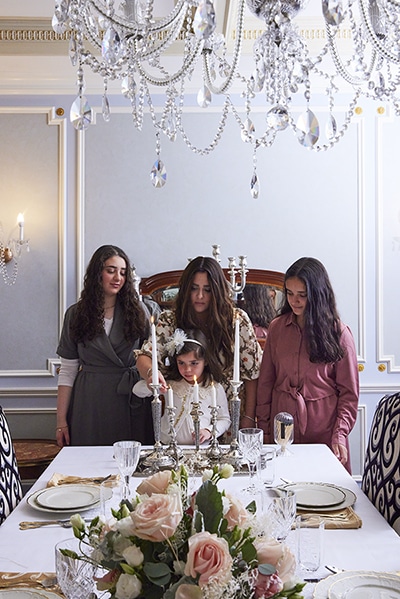
HADLAKOT HANEIROT – LIGHTING SHABBAT CANDLES:
Lighting Shabbat candles is a special mitzvah reserved for Jewish woman and girls, starting at the age of 3.
REQUIREMENTS:
Single girls light one candle. Married women light two. Many have a custom to also light for each member of their immediate family, so if you are married and have 3 children, then you would light 5. If you have any daughers over the age of 3, she can light with you as well.
You must light candles 18 minutes before sunset. You can check the candle lighting time for your city here.
PROCEDURE:
It is customary to give some coins to charity before lighting candles. Put the charity box aside. If you have young daughters that need assistance, you should help them first and then light your candle. Strike the match, light the candle/candles and place the match on a heatproof tray (do not blow it out).
Use your hands to cover your eyes (some have a custom to first stretch their hands towards the candles and then move them inward in a circular motion, three times, to usher in the Shabbos queen)
Say the following blessing (you can download the print here):
בָּרוּךְ אַתָּה אַדֹנָ-י אֱ-לֹהֵינוּ מֶלֶךְ הָעוֹלָם אֲשֶׁר קִדְּשָׁנוּ בְּמִצְוֹתָיו וְצִוָּנוּ לְהַדְלִיק נֵר שֶׁל שַׁבָּת קֹדֶשׁ
Transliteration: Bah-rookh ah-tah ah-doh-noi eh-loh-hay-noo meh-lekh hah-oh-lahm ah-sher ki-deh-shah-noo beh-mitz-voh-tahv veh-tzee-vah-noo leh-hahd-lik nehr shehl shah-baht koh-dehsh.
Translation: Blessed are You, Lord our G‑d, King of the universe, who has sanctified us with His commandments, and commanded us to kindle the light of the holy Shabbat.
Now you can keep your eyes covered and pray silently for whatever your heart desires. If you want to read a list of printed names or prayers, you can say them at this point.
To pray for the list of hostages, download list here.
Prayer for the State of Israel and IDF here.

You can find more detailed information on candle lighting here.
Through the power of the Jewish woman, may we merit to see the hostages returned, the end to war, and the coming of Moshiach speedily in our time!

